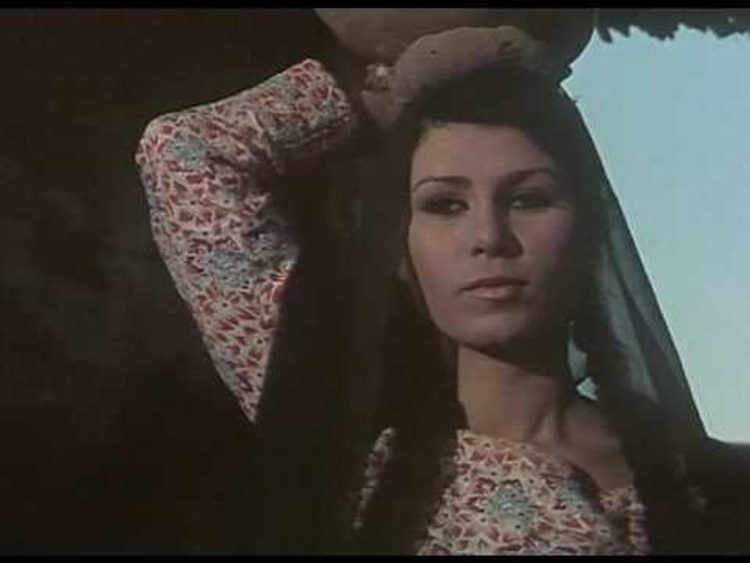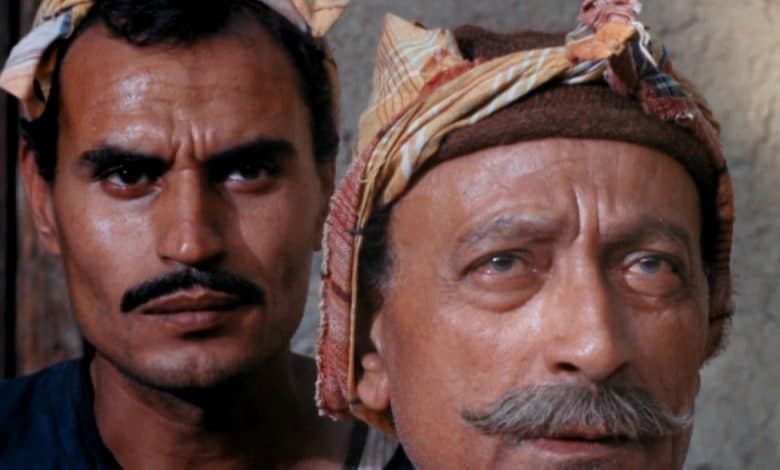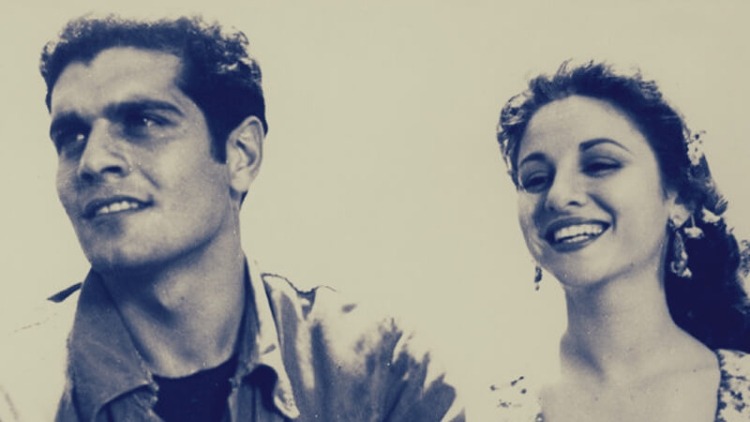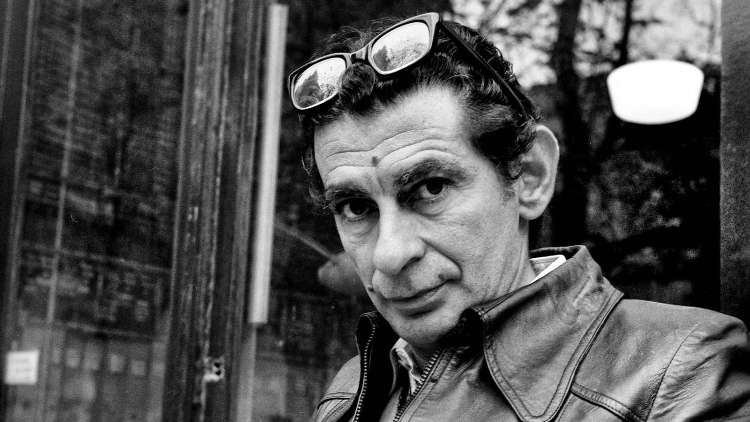In every country, there are timeless legends. When it comes to Egypt’s world of cinema, Youssef Chahine easily stands out. Known as a pioneer, a progressive voice and a risktaker, he changed how films are made. Other than his status as a innovative filmmaker, he also cared deeply for his home country and wanted to shed an honest light on its intricacies and its core.
That is why watching his films can bring audiences closer to life in Egypt. As it’s his birthday, to honor the legend, the Scoop team handpicked three of his films from three different time points to showcase Egypt during its dynamic, tumultuous 1900s.
1930’s: The Land
Based on the novel by Abdel Rahman El Sharkawy of the same name, the film is set in one of the rural villages of the Menoufia Governorate called Ramlet Al-Anjab. In this film, Youssef Chahine places a lens on the lives of farmers in Upper Egypt during the 1930s. The film starts off slow, depicting day to day events within the village from a wedding ceremony with a tahtib performance, a folk dance involving two parties swaying sticks at one another, to several women carrying water jars atop their heads, gazing at potential suitors as they return home.

Events do end up taking a sour turn starting with the government’s decision to reduce the amount of time allowed to perform irrigation from 10 to 5 days which means less access to water. Despite the farmers gathering together to petition against this unjust decision by the government, nothing changes.
The scenes of the film alternate between events within the village and the city of Cairo. The political sphere is the common glue shared by both. Viewers will get to witness the harsh brutality of the British soldiers in one scene, as Egypt was still plagued by British military control. The scene is then followed by farmers, sullenly picking up dry soil and feeling hopeless as their farmland is slowly deteriorating. Slow panning shots of arid land with sparsely spread vegetation paired with a sad flute melody in the background continue to show the impact of the harsh rule on the people.

Honor is a big term in the Egyptian vernacular and in terms of the people of Ramlet Al-Anjab, their ownership of land is what is deemed most honorable. As said by one of the characters “Without land. One has nothing. Not even honor”. Their Egyptian identity is rooted in the soil and in the crops. It is an intrinsic part of their identity. They devote their time and care for the land. Hence, any attempt by the government to take away their land is akin to erasing their identity.
As per Youssef Chahine words during an interview:
“What I write about has to stem from the needs of the people”.
Youssef Chahine Via YouTube
He wants to shed light on the stories of Egyptian communities that are usually not given a voice and he did so with “The Land”, accurately depicting the lives, struggles and values of the farmers of Upper Egypt during the 1930s.
1950’s: Struggle in the Pier
Jumping to the 1950s, Youssef Shahine switches his lens towards the port and fishermen of Egypt’s Alexandria. During that time, Egypt was struggling economically especially after the 1952 revolution. Corruption and dissent begin to increase all over the country. This was depicted in Youssef Chahine’s “Struggle in the Pier”, starring Omar El Sherif and Faten Hamama.

A pervading theme in this romantic drama is of relentless corruption as well as an unequal class structure. Youssef Chahine used Omar El Sherif’s character as a conduit and receiver of this harsh reality. Playing the role of a fisherman struggling to make ends meet because of the country’s economic unstability, he turns from a three year long sea trip to the port of Alexandria. After a grueling journey, he was finally able to make enough money to afford to wed the love of his life. At the port, you can see him, strutting around with high enthusiasm, feeling excited to begin his life again in the city and marry his long awaited finance.
Yet, the events that follow from there take a sour turn as was the same case with, “The Land”. The obvious class struggle is first depicted when at Omar’s arrival, he discovers that his fiancé may be interested in another man. The potential suitor is a man who is the son of the owner of a marine shipping company. Hence, he is more well-off with a higher, more esteemed title.
Other than Omar El Sherif’s microcosmic class struggle, the film explores the bigger, wider net of this phenomenon. This is expressed through the obvious mistreatment and overworking of the employees of the shipping company. Its owner is corrupt and the workers are displeased and go into dissent. In one scene, they all gather together and voice the injustice, yelling and bumping the air with their fists.
The overall buildup of frustration from losing his lover and the fiery anger of the workers ends up being too much for Omar El Sherif’s character to handle. He decides to leave Alexandria once again yet returns when he hears his lover’s voice yelling out to him from the port.
1960’s: The Sparrow
Our final time jump will be to the 1960s, specifically during the eve of the Six Day War, dubbed the Arab Israeli War, it takes place between Israel and several Arab countries: Egypt, Syria and Jordan. This was considered as a pre-emptive assault on Egypt, Syria and Jordan.
Youssef Chahine decided to put his lens and his intelligent eye towards that time period when filming “The Sparrow”. The film was set before Egypt lost the war to Israel in 1967, when a journalist called Youssef was making an investigation about the corruption of the public sector in Egypt. While in another place in the film, there is the character Bahiya who works as a seamstress at El Hussain and rents rooms in a hotel to earn money to help her son.
As the film progresses, the film reaches the sad defeat of Egypt by Israel in 5 June 1967. This places the entire country in a solemn state and demoralizes them on a regional scale. That is when Youssef Chahin’s prowess and creativity comes into play. Youssef applies a powerful metaphor within the film wherein he represents Egypt through a woman called “Bahiya”. The idea behind “Bahiya” stems from Youssef Chahine hearing a poem sang called, “Masr Yama Ya Bahiya” in 1969. This poem focuses on empowering Egyptians and giving them a sense of hope.
In one of the most memorable scenes in the film, Bahiya with a fuel of passion, encourages the people to defy the defeat they suffered from the war. She runs across the street and yells out “We will fight! We will fight”. There was a critic in a newspaper called “Nice-Matin” who said that was the most beautiful depiction of the regional emotion of the people and it actually was able to reverse the ongoing sadness and turn it into hope. That is the power of Youssef Chahin’s filmography.
WE SAID THIS: Don’t miss…A Nostalgic Trip Through Iconic Filmmaker Youssef Chahine’s Most Epic Moments



